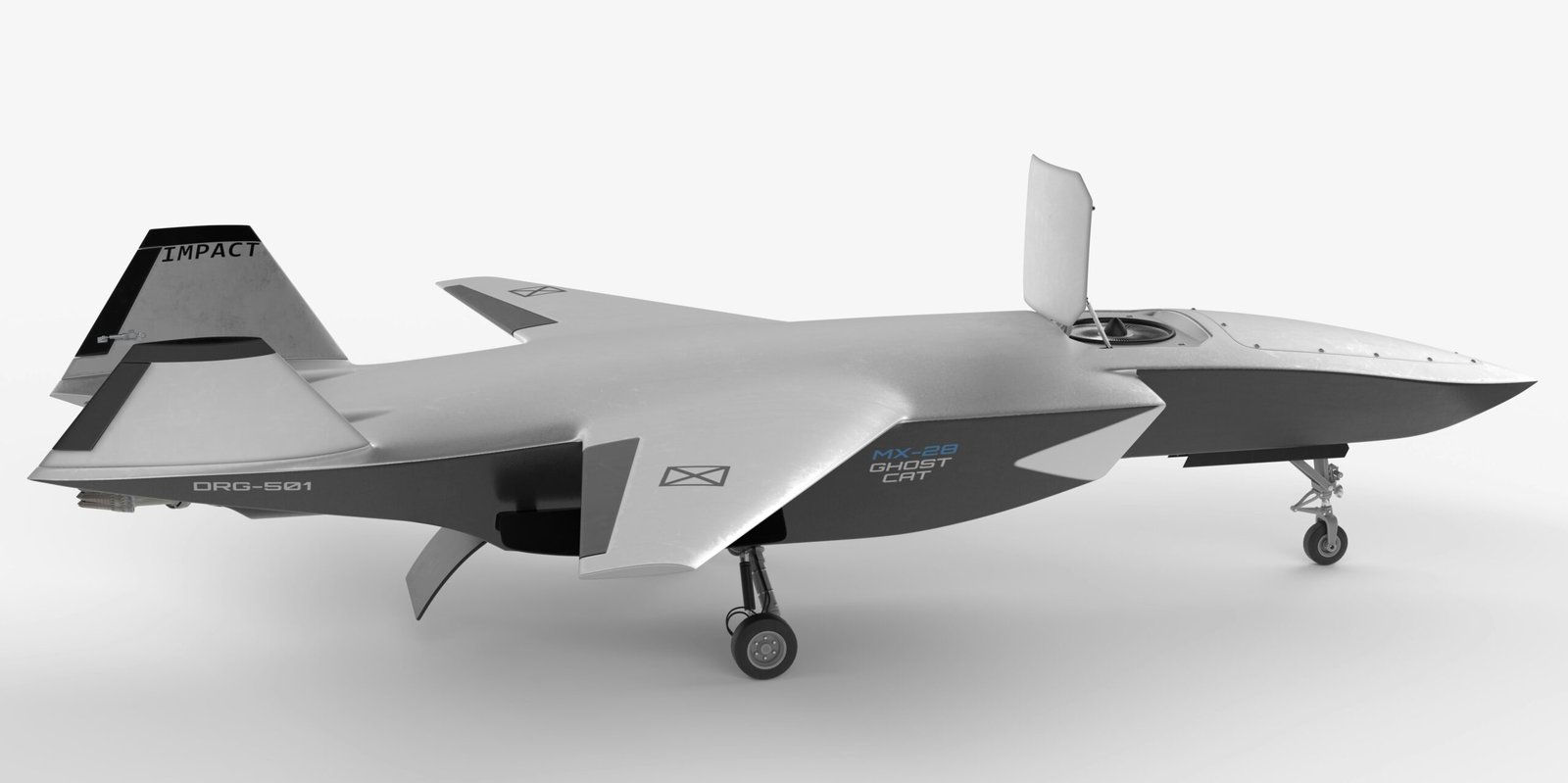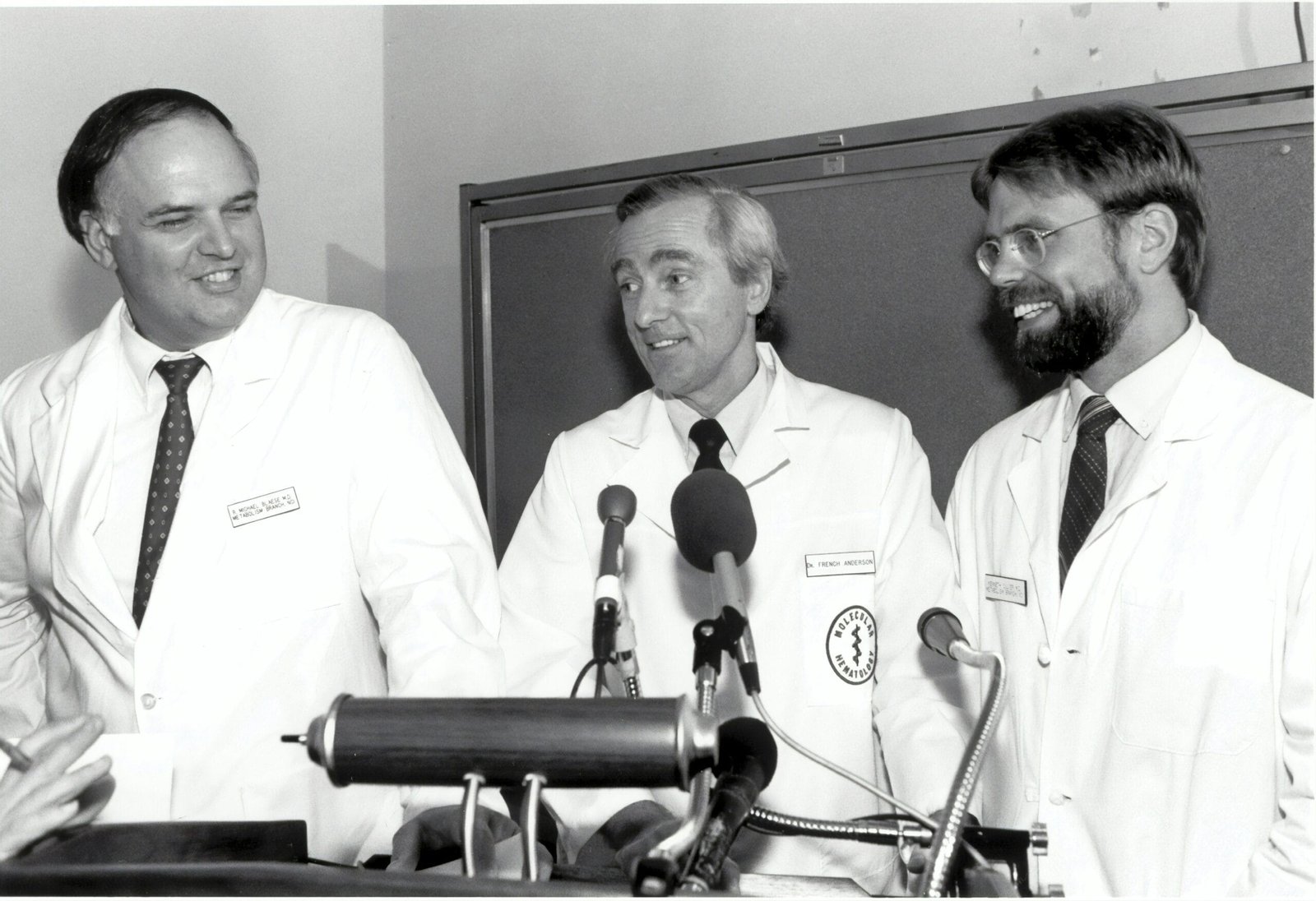Navigating the Landscape of Defence Technology Marketing: Opportunities and Challenges
Understanding the Defence Technology Market Trends
A shift is occurring in the global Defence technology marketing. Innovations in emerging technologies bring this shift. Examples include AI, cyber capabilities, and dual-use technologies. Such trends upgrade operational efficiency. They also reorient strategic priorities within the space industry. Moreover, they influence Defence contracts globally. Global geopolitical tensions are high. As a result, Defence technology is in demand. This demand is leading to an increase in Defence spending worldwide. This growing demand for technology in military applications opens many doors and challenges for companies operating in this business.
Artificial intelligence is at the forefront of innovation in Defence technology. Northrop Grumman and Lockheed Martin are using AI-driven systems to enhance decision-making and battle readiness. They analyze large data sets very quickly. This provides invaluable insights that enhance situational awareness. The further advancement of cyber capability necessitates the protection of Defence infrastructure from more sophisticated cyber threats. State-sponsored cyber operations are emerging. This underlines the need to invest in full-spectrum Defence tech solutions. These solutions can protect critical assets.
Dual-use technologies, which have both civilian and military applications, are gaining much attention. Organizations are looking into these technologies to leverage their commercial potential while fulfilling Defence needs. Space technology is an area in which more companies are now entering and creating commercial and Defence-based satellites. So in that manner, the markets are meeting at that common ground through such examples. The most recent reports present the market for global Defence technology following a compound annual growth rate of about 3.8%, underlining strong growth driven by those trends.
In this landscape, organizations need to navigate numerous issues in Defence tech marketing. They must position their offerings appropriately. The future of business, therefore, will significantly rely on the level of insight into such trends in markets.
Challenges in the Space Industry: A Focus on Defence Technology
Space is not an exception. Several reasons challenge marketing strategies in the space industry. This is especially true for industries involving the development of Defence technology. It’s pretty tough since most space-related activities and space projects require a sternly regulated framework. Regulatory obstacles pose an enormous threat, which bars numerous companies from venturing into Defence tech product selling. This is an expensive and time-consuming requirement that could discourage small firms from entering the market. Innovation could be hindered, thereby potentially affecting the advancement of Defence technology.
Defence technology in the space industry faces another challenge. Most defence contracts are tied to governmental budget allocations for a specific year. These allocations may change based on political swings or pressure from other economic sectors. This means inconsistent funding for space projects, making it difficult to plan the long term for defence companies like themselves. Such uncertainty forces organizations to revise their marketing strategies. They need to be flexible in their ongoing operations. Organizations target short-term opportunities rather than long-term growth.
Collaboration between the public sector and private industry is essential but notoriously difficult. Notably, most PPPs try to integrate the strengths of both sectors for greater innovation and improvement in defence capabilities. It is difficult for organizations with different cultures, objectives, and expectations to align. Case studies like the collaboration between NASA and several commercial launch providers vividly illustrate potential successes and failures. These partnerships can significantly affect the marketing and operational strategies of defence technology firms.
In this respect, companies face complexities and adapt to an evolving landscape of regulatory demands and funding uncertainties. These factors shape the way defence technology is marketed. This forces businesses to be agile in search of opportunities in dual-use technology. They must develop holistic solutions tailored to the needs of defence contracts.
Opportunities for Innovation: Marketing Strategies for Defence Tech
The marketing landscape for defence technology is unique. It requires innovative strategies to adequately reach government audiences. The strategies must also reach the private sector audiences. One of the primary avenues for growth is forming partnerships. These partnerships should focus on dual-use technology. This technology is capable of serving both military and commercial applications. This expands the potential customer base. It also positions companies as leaders in innovation. This leadership makes them more attractive for defence contracts.
The main importance of brand identity in the defence sector is that it gives strength to the company. Therefore, companies should make more investments in initiatives, which speak about their mission and values. Also, quality, security, and industry standards-compliant issues must be more focused. Strong branding can thus assure the potential client. It doesn’t matter if the client is a government agency or a private company. They are willing to have defence technology solutions available. Storytelling is necessary. Sharing success stories about previous projects can make a company more human. It can also establish trust in its capabilities.
To fully reach their outreach, defence technology companies have to leverage digital marketing. These are targeted ad campaigns, content marketing, and social media for stakeholders. For example, using LinkedIn, one can connect with industry professionals. He can share his knowledge. He can increase his visibility among decision-makers in the defence sector. Data-driven campaigns have often been the successful ones. Successful campaigns monitor engagement levels. They adapt strategies accordingly. These campaigns demonstrate the functionality of sophisticated surveillance systems or advanced communication tools, among others.
Webinars and virtual events have become essential for discussing emerging defence technologies. Companies can present their solutions directly to interested parties. Businesses will continually assess the challenges in defence tech marketing. They will find new opportunities arising from changes in consumer behavior. They will also seize opportunities from technological advancement. This proactive approach will keep them competitive and responsive in this ever-changing landscape.
The Role of Dual-Use Technology in Future Defence Marketing
Dual-use technologies are technologies with both civil and military applications. They are increasingly being used in the defence technology marketing landscape. This convergence has significant implications for how these defence tech solutions are marketed and sold. Strategic approaches are required to meet the differences between the two sectors. Defence adaptation of commercial technologies and exploitation of defence innovation for civilian purposes will throw up new marketing opportunities.
For instance, commercial applications in artificial intelligence and data analytics have been very useful in military operations. They enhance decision-making processes and situational awareness. Cybersecurity solutions originally designed for corporate clients have been repurposed to protect sensitive defence infrastructure. This demonstrates the benefits of dual-use technology to the space industry. Such examples demonstrate the great market potential when the benefits are communicated across both military and civilian domains.
Defence technology products need to adopt the appropriate marketing strategies that will likely communicate the dual-use capabilities appropriately. Marketers should, therefore, express the benefits these technologies bring in improving operational efficiency, reducing costs, and speeding up innovation. Indeed, the challenges of defending regulatory hurdles arise. Different customer expectations between sectors also become important in navigating this complex landscape.
As the space for dual-use technology widens, so will implications for defence marketing strategies. Companies must proactively track emerging trends in the space industry. They should also monitor shifts in demand and opportunity presented by defence contracts. Therefore, companies can position themselves favorably in a competitive environment. They can drive both defence and commercial success by aligning their offerings with these markets’ needs.







